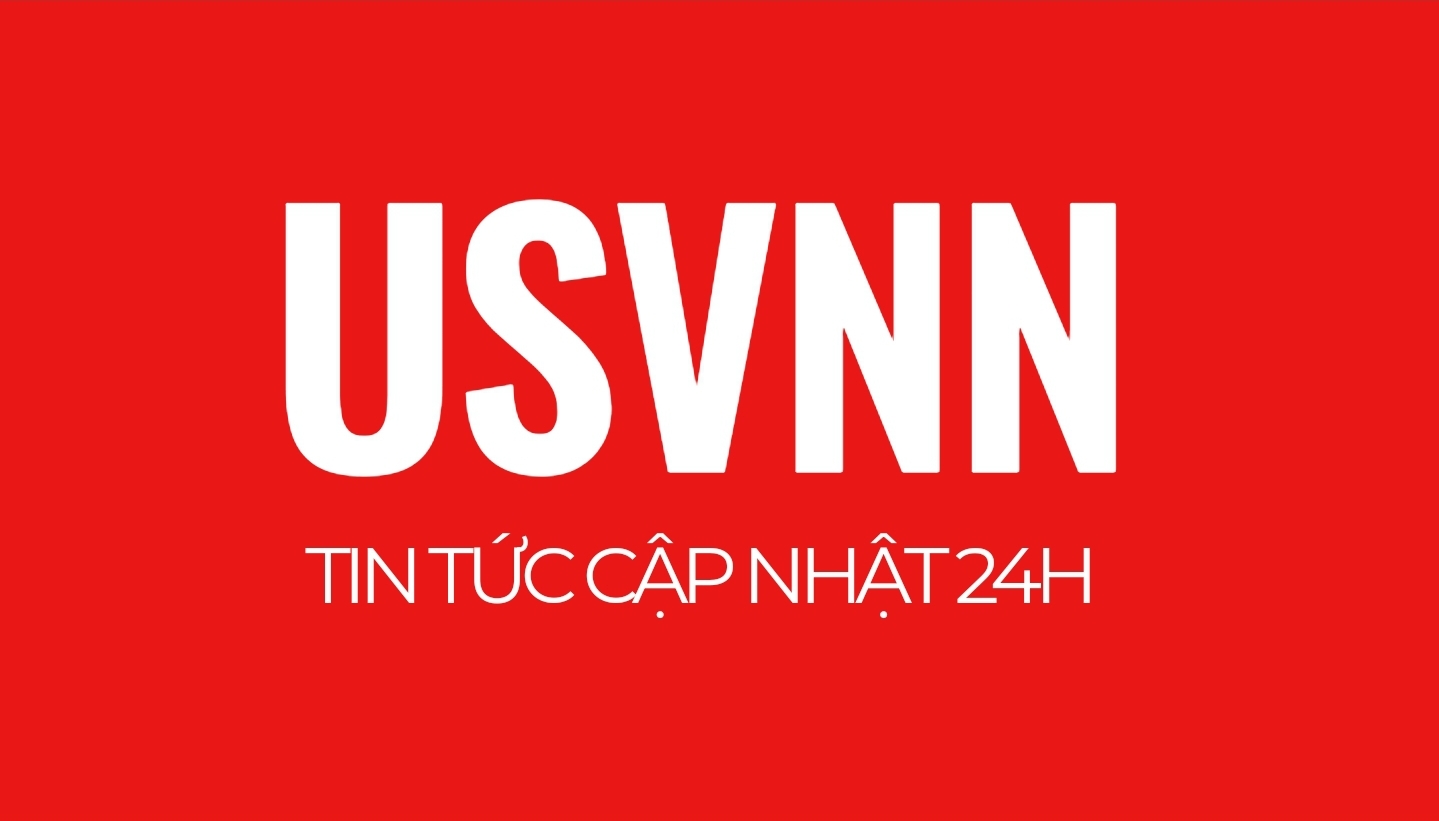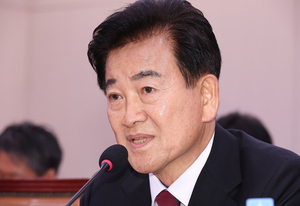Certainly! Here is a rephrased and journalistic-style summary and analysis of Chung Dong-young’s policy direction and its potential significance for inter-Korean relations:
—
## A New Chapter in Inter-Korean Policy? Chung Dong-young’s Appointment Signals Major Shift
Chung Dong-young, recently nominated by President Lee Jae Myung to serve once again as South Korea’s Minister of Unification, appears poised to steer Seoul’s North Korea policy in a newly conciliatory direction. Marking a stark contrast from the more confrontational approach of the previous Yoon Suk Yeol administration, Chung advocates engagement, dialogue, and military de-escalation—reigniting a strategic ethos reminiscent of the liberal Sunshine Policy years.
By refusing to label North Korea as South Korea’s “main enemy”—a title often used in previous conservative administrations—Chung is pushing for a conceptual shift: reframing Pyongyang less as a permanent adversary and more as a manageable threat. This linguistic change, while symbolic, hints at a broader reorientation of South Korea’s national security posture.
### Policy Vision: Reviving the Spirit of Engagement
Chung’s return to the Ministry of Unification, nearly two decades after his initial term under President Roh Moo-hyun, underscores the Lee administration’s intent to reintroduce active diplomacy and cross-border cooperation. As a seasoned political figure and architect of the Kaesong Industrial Complex—a hallmark of past engagement with the North—Chung brings both experience and ideological clarity to the job.
His proposed policy track features several notable shifts:
- **Redefining How Seoul Sees Pyongyang**: Rejecting the hardline narrative that frames North Korea as the country’s “primary enemy,” Chung instead identifies it as a security threat—not an existential one. This acknowledges the danger Pyongyang poses while leaving room for diplomacy.
- **Rethinking Military Exercises**: Chung has floated the idea of delaying joint U.S.–South Korea military drills as a gesture to lower tensions—an idea modeled after measures taken during the Moon Jae-in era for the 2018 Pyeongchang Winter Olympics. However, the suggestion remains unofficial policy and has sparked internal debate—especially with the defense minister nominee pushing for continued exercises.
- **Restoring Communication Channels**: Chung has expressed intentions to revive inter-Korean dialogue, including reestablishing links severed since the demolition of the inter-Korean liaison office in 2020. He has even suggested renaming the Ministry of Unification, a move that would symbolically underscore efforts to reset the relationship with the North.
- **Pragmatic Dualism**: President Lee’s North Korea policy emphasizes pragmatism over ideological rigidity, maintaining a dual focus on deterrence and outreach. With South Korea ranked as one of the world’s top military powers and solidly backed by the U.S. alliance, the administration believes peace is best achieved through a balance of strength and negotiation.
### Headwinds Ahead: Political Realities at Home and Abroad
Chung’s push for engagement faces formidable challenges. North Korea has shown few signs of softening its hostility, and its leadership under Kim Jong Un continues to deepen military ties with Russia while ramping up weapons development. Pyongyang still designates the South as a “principal enemy,” raising questions about its willingness to respond positively to Seoul’s overtures.
Domestically, the policy pivot has ignited political debate. Conservatives argue that dialogue without denuclearization commitments risks emboldening the North, while progressives view renewed engagement as the only path to lasting peace. Policy coordination is also a concern: divisions in the cabinet—particularly over military drills—may complicate consistent execution.
### Lessons from the Past, Hopes for the Future
The echoes of the Sunshine Policy, the 2000s-era initiative under liberal leadership, are unmistakable. That era brought historic summits and economic cooperation—but also left vulnerabilities, as seen in the abrupt closure of the Kaesong Industrial Complex and the sudden collapse of communication channels.
Learning from these experiences, the Lee administration appears to be adopting a more cautious, condition-based engagement model. For instance, the government may pursue limited sanctions relief—but only if the North takes verified steps toward denuclearization.
### Outlook: Cautious Optimism Amid Uncertainty
Chung Dong-young’s nomination symbolizes more than a personnel change. It reflects a deliberate recalibration of South Korea’s North Korea strategy—one rooted in restraint, dialogue, and long-term peacebuilding. The effort to create “conditions” that reduce the North’s incentive for provocation represents a strategic pivot that prioritizes diplomatic space over military posturing.
However, the ultimate success of this engagement effort hinges on North Korea’s response—and on the Lee administration’s ability to maintain domestic unity and policy continuity. In a complex geopolitical environment where North Korea continues to turn east toward Moscow and works to fortify its own deterrence, Seoul must tread carefully.
While a diplomatic breakthrough may not be imminent, the Lee government’s emphasis on both strength and flexibility offers a framework for managing risks—and perhaps, in time, reviving the hope of a more stable, cooperative Korean Peninsula.
—
This summarized article draws from the full English analysis while reformulating the structure and tone in a way suited for a journalistic piece aimed at a broad policy-engaged audience.


